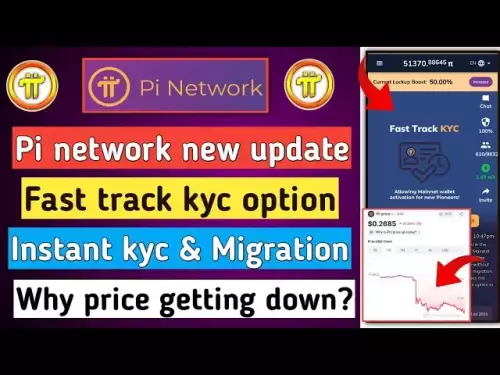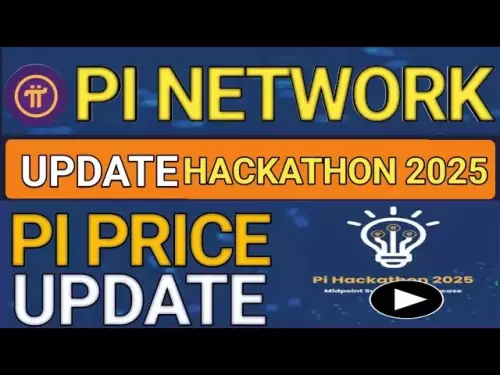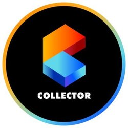-
 bitcoin
bitcoin $109667.069529 USD
-3.03% -
 ethereum
ethereum $3936.685804 USD
-4.07% -
 tether
tether $1.000493 USD
0.01% -
 xrp
xrp $2.771823 USD
-4.74% -
 bnb
bnb $957.805027 USD
-5.34% -
 solana
solana $196.735100 USD
-6.68% -
 usd-coin
usd-coin $0.999727 USD
-0.01% -
 dogecoin
dogecoin $0.227355 USD
-5.12% -
 tron
tron $0.335205 USD
-0.81% -
 cardano
cardano $0.779256 USD
-3.59% -
 ethena-usde
ethena-usde $0.999900 USD
-0.06% -
 hyperliquid
hyperliquid $42.492095 USD
-6.61% -
 chainlink
chainlink $20.501853 USD
-4.34% -
 avalanche
avalanche $28.952606 USD
-11.21% -
 stellar
stellar $0.356038 USD
-3.93%
Does IOST coin have a future?
Despite the competitive market, IOST's focus on scalability,developer-friendliness, and ecosystem growth positions it as a promising blockchain solution with the potential to endure the industry's ever-evolving landscape.
Nov 24, 2024 at 09:14 pm
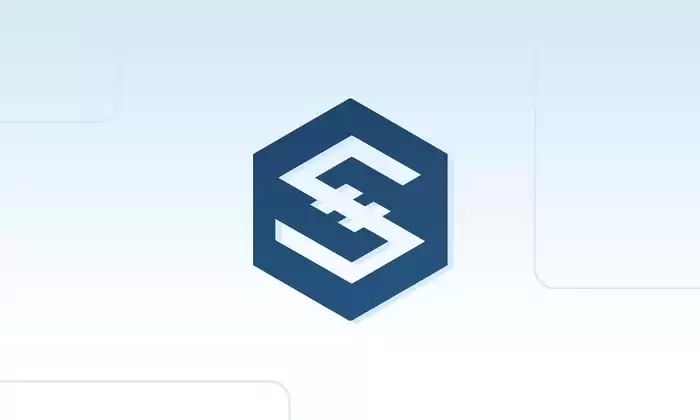
IOST, standing for Internet of Services Token, is a blockchain platform designed to facilitate the development and deployment of decentralized applications (dApps) with high scalability and low latency. The IOST mainnet went live in March 2019, and the platform has since gained traction as a potential contender in the blockchain space. However, with the dynamic and competitive nature of the cryptocurrency market, it is a question worth considering: Does IOST coin have a future?
To delve into this inquiry, we will explore various factors that influence the long-term viability of IOST, including its technological prowess, ecosystem development, team strength, market adoption, and overall competitive landscape.
1. Technological Foundation and ScalabilityAt the heart of IOST's value proposition lies its technological foundation, which is designed to overcome the scalability limitations faced by many other blockchain platforms. The IOST platform leverages a Proof-of-Believability (PoB) consensus mechanism combined with a sharding architecture.
PoB, unlike Proof-of-Work or Proof-of-Stake, allows validators to produce blocks based on their reputation and trustworthiness. This approach reduces the computational requirements for block production, leading to enhanced scalability.
Moreover, IOST's sharding architecture divides the blockchain into smaller, parallel-running shards. Each shard can process transactions independently, significantly increasing the platform's overall transaction throughput.
Independent benchmarking tests conducted by Ernst & Young have demonstrated IOST's impressive scalability capabilities. The platform has been shown to handle over 8,000 transactions per second (TPS) with sub-second confirmation times. This scalability makes IOST a suitable foundation for high-volume decentralized applications.
2. Evolving Ecosystem and dApp DevelopmentA blockchain platform's success is often intertwined with the growth and vibrancy of its ecosystem. IOST has made significant strides in fostering a robust ecosystem of dApps, toolkits, and supporting services.
The IOST developer portal provides comprehensive documentation, tutorials, and sample codes to assist developers in building and deploying their dApps on the platform. Additionally, IOST has established partnerships with development firms to provide technical support and guidance to developers.
The number and diversity of dApps on IOST have grown steadily over time. Notable dApps within the IOST ecosystem include decentralized exchanges, lending protocols, gaming applications, and social media platforms. These dApps contribute to the overall utility and attractiveness of the IOST platform for both users and developers.
3. Experienced Team and Strategic PartnershipsThe team behind IOST consists of seasoned professionals with extensive experience in the blockchain industry. Jimmy Zhong, the founder and CEO of IOST, previously held senior positions at Uber and Google. The core team members also have a strong track record in distributed systems, software development, and cryptography.
IOST has forged strategic partnerships with reputable entities in the blockchain and technology space. These partnerships include collaborations with Chainlink, Binance, Huobi, and Ontology. These alliances provide IOST with access to technical resources, market reach, and industry expertise, further solidifying its position in the blockchain landscape.
4. Growing Market Adoption and Token UtilityThe adoption of IOST by both users and businesses is a crucial factor in assessing its future prospects. IOST has secured partnerships with several companies to explore the integration of blockchain solutions into their existing operations.
For example, IOST has collaborated with Mongolia's largest mobile operator, MobiCom, to implement blockchain-based mobile payment systems. Additionally, IOST has partnered with entertainment giant Huayi Brothers to develop blockchain-powered applications for the entertainment industry.
The IOST token serves multiple functions within the IOST ecosystem. It is used to pay for transaction fees, stake for rewards, and participate in the platform's governance mechanisms. The utility of the IOST token is expected to increase as the adoption of the platform grows.
5. Competitive Landscape and Market DynamicsThe cryptocurrency market is highly competitive, with numerous blockchain platforms vying for adoption. IOST faces competition from established players like Ethereum, EOS, and Tron, each with its own strengths and weaknesses.
However, IOST's focus on scalability, developer-friendliness, and ecosystem growth differentiates it from some of its competitors. Additionally, IOST has made a strategic choice to position itself as a "scalable blockchain infrastructure" rather than directly competing with all-encompassing smart contract platforms.
The market dynamics of the cryptocurrency industry are notoriously volatile. The value of IOST coin, like that of other cryptocurrencies, has experienced significant fluctuations in the past. Investors considering IOST should be aware of the inherent risks associated with investing in cryptocurrencies.
In summary, the long-term viability of IOST coin rests on a combination of factors, including its technological foundation, ecosystem development, team strength, market adoption, and competitive landscape. While IOST has demonstrated promising attributes, the dynamic nature of the cryptocurrency market makes it difficult to predict the future with certainty. Investors should conduct thorough research and exercise caution before making any investment decisions.
Disclaimer:info@kdj.com
The information provided is not trading advice. kdj.com does not assume any responsibility for any investments made based on the information provided in this article. Cryptocurrencies are highly volatile and it is highly recommended that you invest with caution after thorough research!
If you believe that the content used on this website infringes your copyright, please contact us immediately (info@kdj.com) and we will delete it promptly.
- Ruvi AI: The Next Avalanche? Institutional Backing Fuels Presale Frenzy
- 2025-09-27 07:05:16
- Swift, Ethereum, and Layer 2: Bridging Traditional Finance with Blockchain Innovation
- 2025-09-27 06:25:12
- Dubai Fund, TikTok, and US Business: A New Era?
- 2025-09-27 06:45:13
- HBAR Price Bullish Wave: Strong Support Signals Potential Breakout
- 2025-09-27 07:05:16
- Stablecoins, Coinbase, and Investment: Navigating the Future of Finance
- 2025-09-27 07:10:01
- XPL Surge After Launch Crash: From All-Time High to Recovery?
- 2025-09-27 06:45:13
Related knowledge
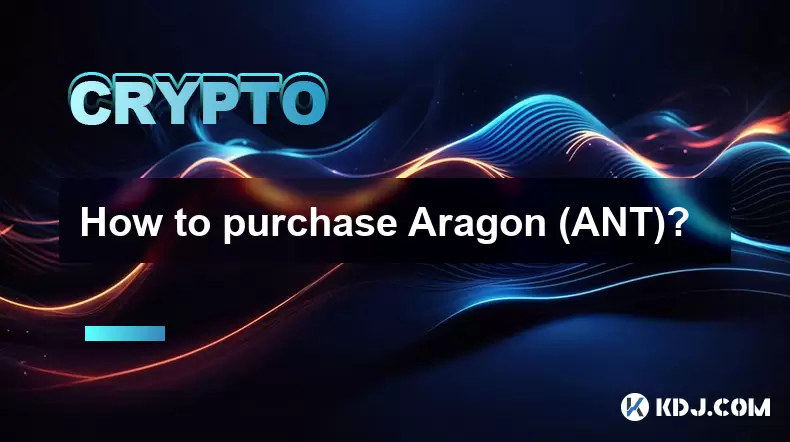
How to purchase Aragon (ANT)?
Aug 09,2025 at 11:56pm
Understanding Aragon (ANT) and Its PurposeAragon (ANT) is a decentralized governance token that powers the Aragon Network, a platform built on the Eth...
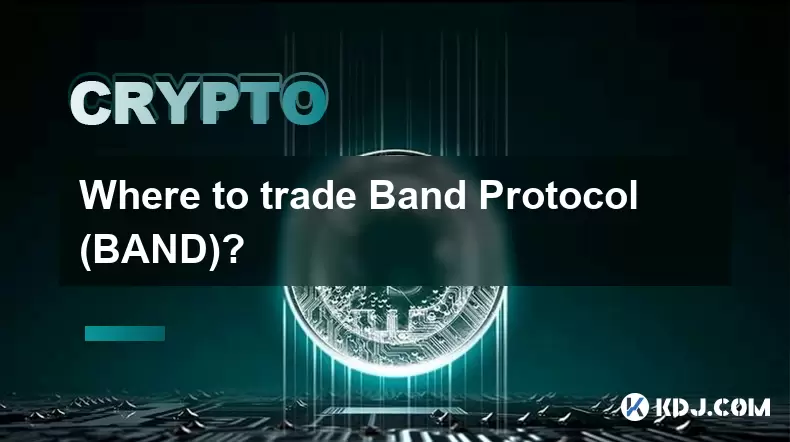
Where to trade Band Protocol (BAND)?
Aug 10,2025 at 11:36pm
Understanding the Role of Private Keys in Cryptocurrency WalletsIn the world of cryptocurrency, a private key is one of the most critical components o...

What is the most secure way to buy Ocean Protocol (OCEAN)?
Aug 10,2025 at 01:01pm
Understanding Ocean Protocol (OCEAN) and Its EcosystemOcean Protocol (OCEAN) is a decentralized data exchange platform built on blockchain technology,...
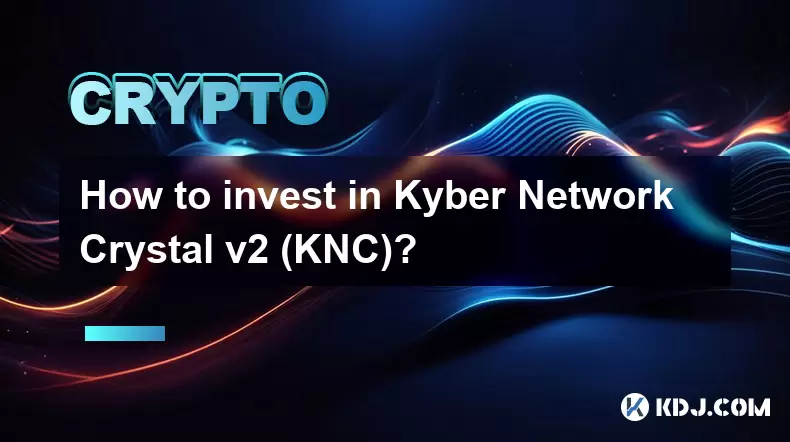
How to invest in Kyber Network Crystal v2 (KNC)?
Aug 12,2025 at 05:21pm
Understanding Kyber Network Crystal v2 (KNC)Kyber Network is a decentralized liquidity hub built on the Ethereum blockchain that enables instant token...
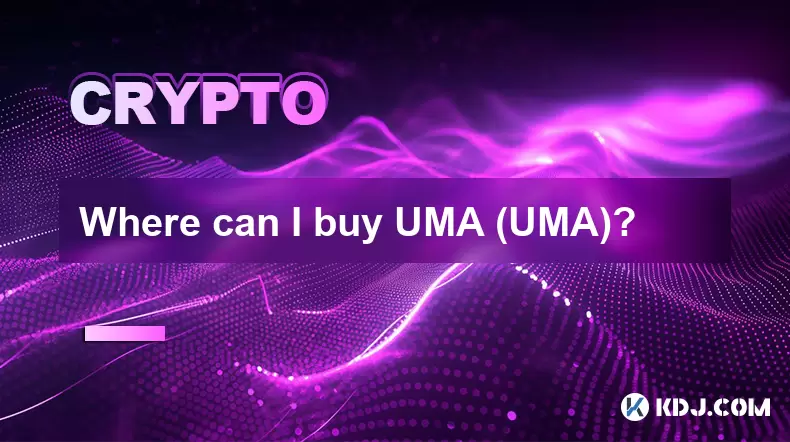
Where can I buy UMA (UMA)?
Aug 07,2025 at 06:42pm
Understanding UMA and Its Role in Decentralized FinanceUMA (Universal Market Access) is an Ethereum-based decentralized finance (DeFi) protocol design...

How to sell my Ren (REN) tokens?
Aug 13,2025 at 11:35am
Understanding REN Tokens and Their Role in Decentralized FinanceREN is an ERC-20 token that powers the Ren protocol, a decentralized interoperability ...

How to purchase Aragon (ANT)?
Aug 09,2025 at 11:56pm
Understanding Aragon (ANT) and Its PurposeAragon (ANT) is a decentralized governance token that powers the Aragon Network, a platform built on the Eth...

Where to trade Band Protocol (BAND)?
Aug 10,2025 at 11:36pm
Understanding the Role of Private Keys in Cryptocurrency WalletsIn the world of cryptocurrency, a private key is one of the most critical components o...

What is the most secure way to buy Ocean Protocol (OCEAN)?
Aug 10,2025 at 01:01pm
Understanding Ocean Protocol (OCEAN) and Its EcosystemOcean Protocol (OCEAN) is a decentralized data exchange platform built on blockchain technology,...

How to invest in Kyber Network Crystal v2 (KNC)?
Aug 12,2025 at 05:21pm
Understanding Kyber Network Crystal v2 (KNC)Kyber Network is a decentralized liquidity hub built on the Ethereum blockchain that enables instant token...

Where can I buy UMA (UMA)?
Aug 07,2025 at 06:42pm
Understanding UMA and Its Role in Decentralized FinanceUMA (Universal Market Access) is an Ethereum-based decentralized finance (DeFi) protocol design...

How to sell my Ren (REN) tokens?
Aug 13,2025 at 11:35am
Understanding REN Tokens and Their Role in Decentralized FinanceREN is an ERC-20 token that powers the Ren protocol, a decentralized interoperability ...
See all articles























